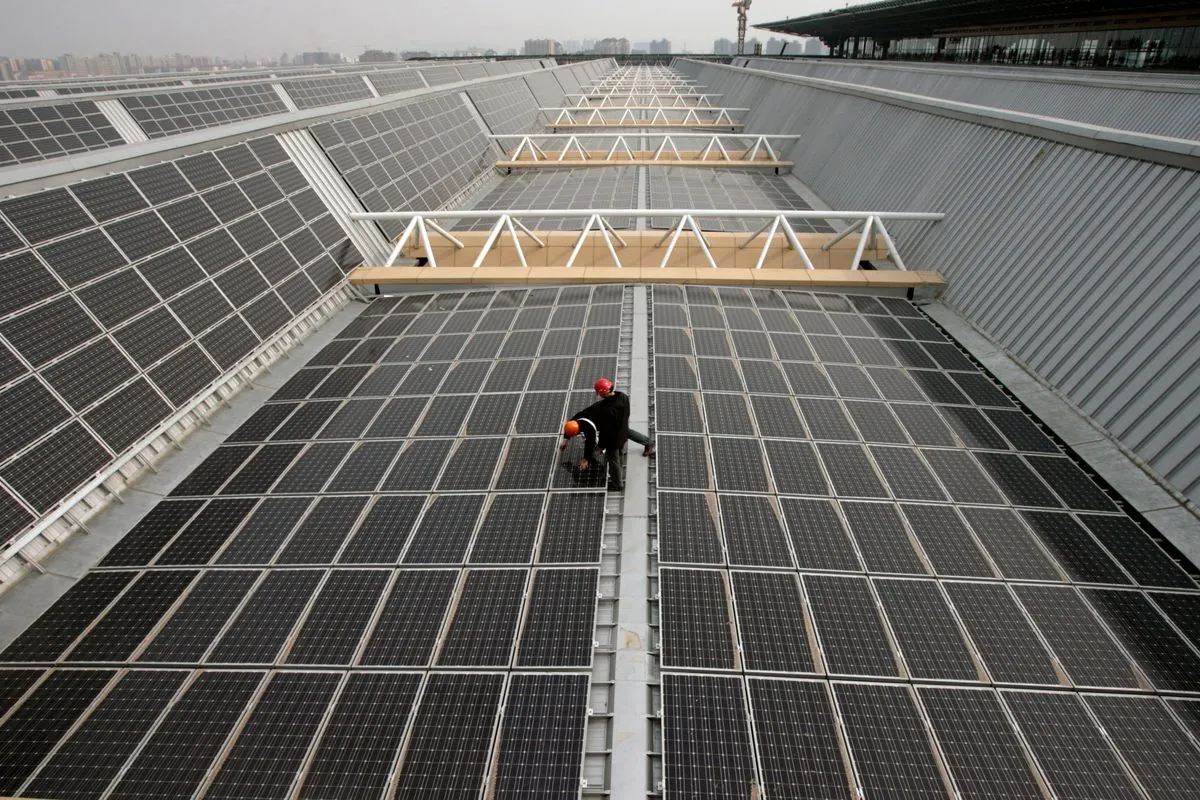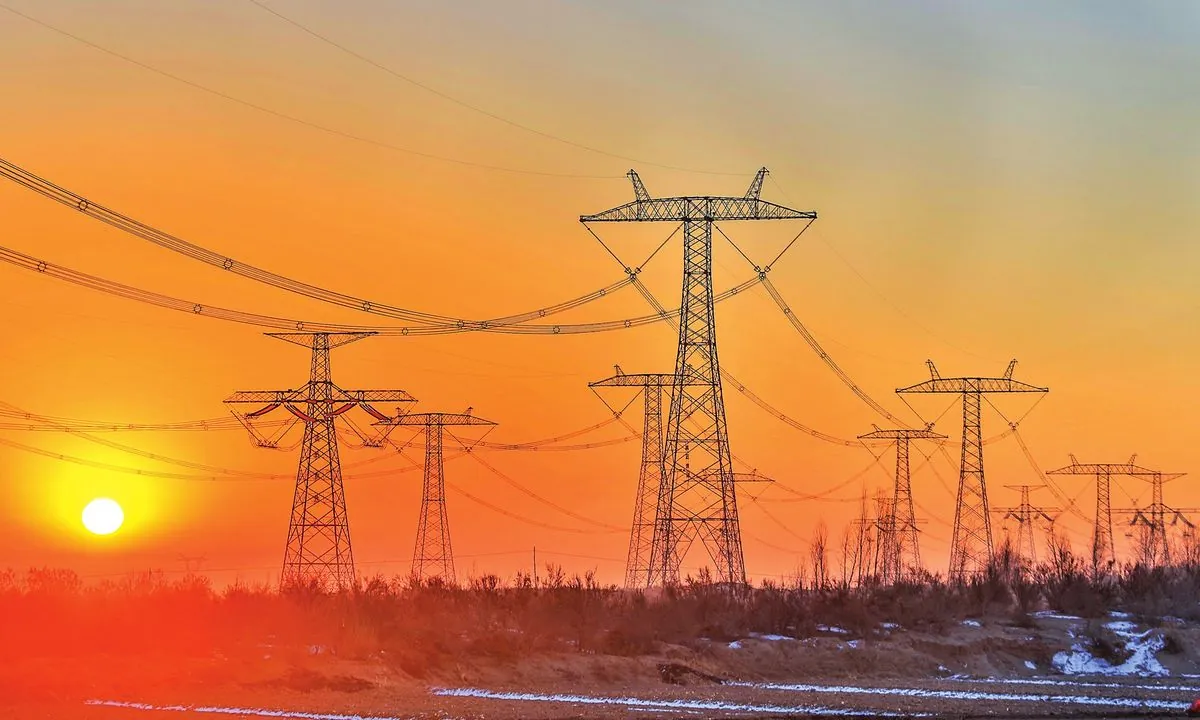China Unveils Ambitious 3-Year Power System Upgrade Plan
China's state planner announces a comprehensive 2024-2027 strategy to modernize the national power grid, boost renewable energy, and manage increasing electricity demand, supporting its carbon reduction goals.

China's National Reform and Development Commission has revealed a detailed three-year strategy to overhaul the country's power system. The plan, set to run from 2024 to 2027, aims to bolster renewable energy integration and address the challenges posed by rising electricity demand on the national grid.
This initiative aligns with China's broader objective to reach peak carbon emissions before 2030. As the world's largest energy consumer and producer, China faces unique challenges in transitioning to a more sustainable energy landscape. The country has made significant strides in renewable energy, with installed capacity growing by over 800% since 2010, making it a global leader in the sector.
Key aspects of the plan include:
- Upgrading transmission and distribution systems
- Increasing renewable power in long-distance transmission projects
- Setting demand response capacity targets
- Improving coal-fired power standards
- Enhancing electric vehicle charging infrastructure
The plan sets a target for demand response capacity to reach 5% of the maximum electric load, with provisions to potentially increase this to 10%. Demand response strategies aim to balance grid loads by encouraging consumers to adjust their electricity usage patterns.

China's commitment to upgrading its power infrastructure is crucial, given that the country's electricity consumption has more than doubled in the past decade. The nation has invested heavily in ultra-high voltage (UHV) transmission lines to efficiently transport electricity from energy-rich western regions to high-demand eastern cities.
While China remains the world's largest producer and consumer of coal, the new plan emphasizes creating standards for next-generation coal-fired power plants and reducing their emissions. This approach aligns with China's pledge to increase the share of non-fossil fuels in primary energy consumption to around 25% by 2030.
The plan also addresses the growing electric vehicle (EV) sector. As the world's largest EV market, China aims to improve charging infrastructure and pilot new grid scheduling plans in areas with high EV charging demand. This initiative complements the country's extensive electrified high-speed rail network, the largest globally.
China's ambitious power system upgrade plan reflects its broader commitment to sustainable development. The country has implemented a national emissions trading scheme, the world's largest carbon market, and a "Green Certificate" system to promote renewable energy growth. These efforts are crucial as China accounts for approximately 30% of global CO2 emissions and aims to achieve carbon neutrality by 2060.
As the world's leading manufacturer of solar panels and wind turbines, China is well-positioned to drive innovation in renewable energy technologies. The success of this three-year plan will be critical in shaping the country's energy future and its impact on global climate goals.


































